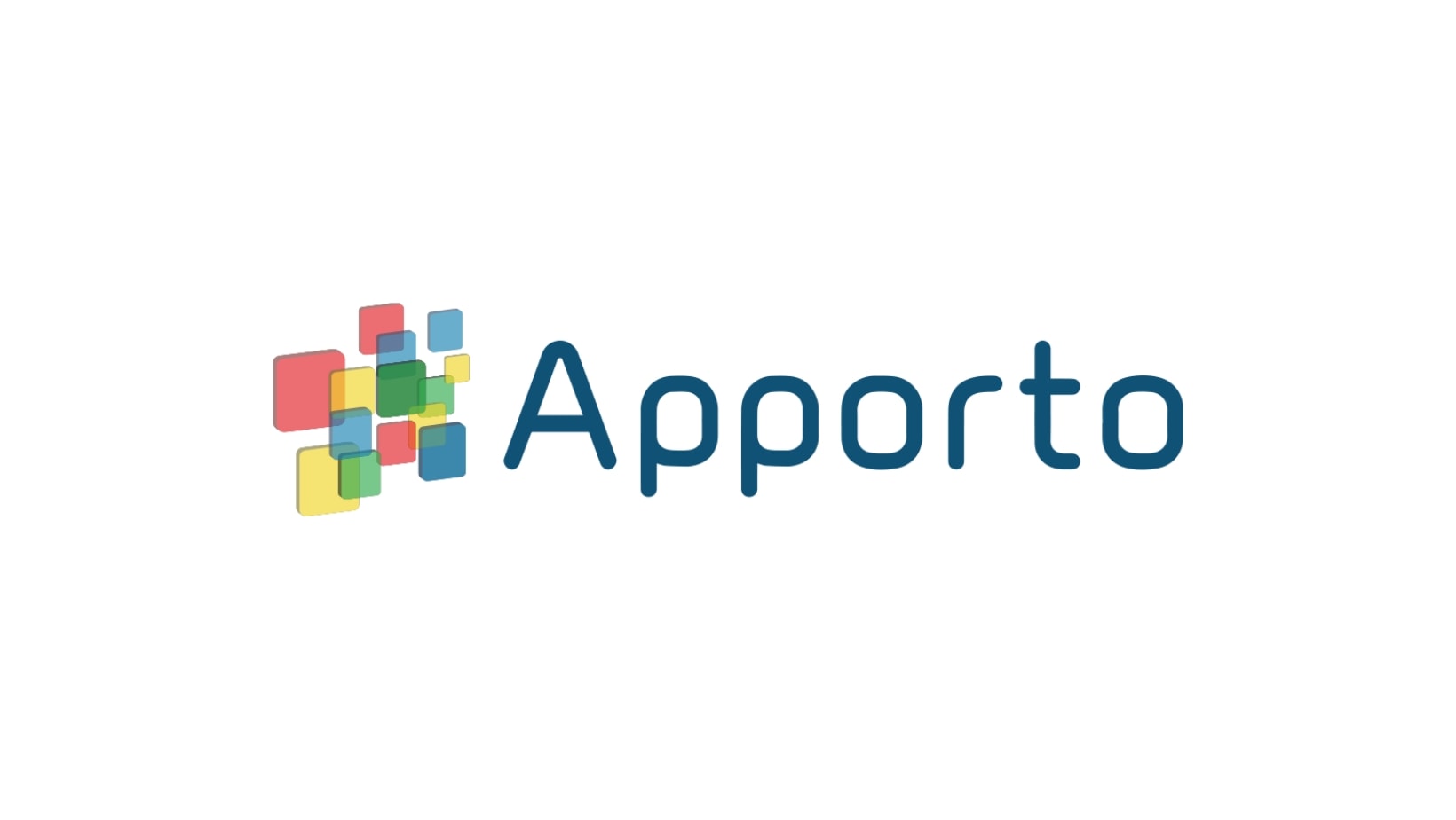The way people work has changed — and IT has had to change with it. Physical desktops are no longer the default. Instead, more organizations are turning to cloud-based virtual desktops to enable secure, flexible access from anywhere.
This is where VMware Horizon DaaS enters the picture. As one of the most recognized names in the virtualization space, VMware’s Horizon DaaS platform offers a cloud-based solution for delivering desktops and applications remotely. But how does it actually work, and is it the right fit for your environment?
This guide breaks down the platform, its features, strengths, and where it fits best.
What Is VMware Horizon DaaS and How Does It Work?

VMware Horizon DaaS is a cloud-based virtual desktop infrastructure (VDI) platform designed to deliver full desktop environments to end users via the internet. Instead of running desktops locally on physical machines, Horizon DaaS uses virtual machines hosted in the cloud, allowing users to access virtual desktops from almost any device, anywhere.
This approach decouples the user experience from the underlying hardware. A single connection server handles user authentication and routing, directing each session to the correct virtual desktop. Through user assignments, administrators control who gets access to which desktops or apps — whether it’s a dedicated environment or a shared one.
Compared to managing fleets of physical desktops, Horizon DaaS centralizes the experience into a manageable, cloud-hosted platform. Users get consistent performance, while IT teams gain visibility and control across the entire infrastructure without being tied to specific machines or locations.
What Makes Horizon DaaS Different from Traditional VDI?
Traditional VDI often requires heavy investment in on-premises servers, storage, and networking infrastructure. With Horizon DaaS, much of that burden shifts to the cloud. You still get the benefits of virtual desktop access — but with fewer upfront costs and far less complexity.
A main advantage is role separation. Horizon DaaS allows administrators to assign permissions and tasks across roles, improving governance and minimizing errors. Add to that Single Sign-On (SSO) capabilities, and users can securely log in once and access everything they need — desktops, apps, and files — without repeated authentication.
Deployment is also more streamlined. There’s no need to install and maintain physical servers or custom configurations on-site. Updates are handled centrally, and centralized management allows for faster troubleshooting, user provisioning, and monitoring. It’s a more agile, scalable alternative to traditional setups, while still providing the secure, policy-driven environment organizations need.
How Does Horizon DaaS Deliver Virtual Desktops to End Users?

The process of delivering desktops through Horizon DaaS starts behind the scenes but results in a smooth experience for the user. When a user logs in — typically through a web portal or client — the platform authenticates their identity using Active Directory or Single Sign-On (SSO). This ensures secure, verified access across all approved devices.
Once authenticated, users are assigned a desktop based on their profile. Horizon DaaS supports both shared desktops and individual virtual machines, depending on how the environment is configured. Shared environments work well for task-based users, while dedicated sessions provide more control and flexibility.
The system matches each login to the correct desktop image and delivers it in real time. Users can access desktops from almost any device — Windows, macOS, thin clients, or tablets — with their preferences and settings intact. The result is a consistent, secure, and scalable end user experience across locations.
Which Cloud Providers Support VMware Horizon DaaS?
Horizon DaaS is designed to be cloud-agnostic, meaning you can deploy it across multiple providers based on business needs. The most common options include Microsoft Azure, VMware’s own data centers, and approved third-party service providers.
This flexibility allows organizations to choose the right mix of performance, availability, and cost. Whether you’re looking for global reach, regional compliance, or specific SLA guarantees, Horizon DaaS offers deployment options that can align with your infrastructure goals. This makes it a versatile cloud service offering — adaptable to various industries, IT strategies, and organizational sizes.
How Does VMware Horizon DaaS Manage Apps, Storage, and Data?
In Horizon DaaS, application and data management are tightly integrated into the virtual desktop experience. Apps can be delivered alongside desktops through image-based provisioning or managed independently using app layering. This allows for flexibility—ensuring users only get what they need, without unnecessary software cluttering the environment.
Cloud storage plays an important role. User files and profiles are stored in persistent virtual locations, accessible across devices and sessions. This ensures continuity no matter where the user logs in from. IT teams can assign storage quotas, automate backups, and scale usage as needed.
Security is baked into the entire system. Data is secured during both transmission and storage using strong encryption protocols. Admins can also monitor sessions in real-time, receive performance feedback, and set custom alerts to detect unusual behavior. Altogether, the platform provides a streamlined, secure way to manage desktops, applications, and user data across any environment.
What Are the Crucial Features of the Horizon DaaS Platform?

VMware Horizon DaaS includes a range of core features designed to improve deployment efficiency, reduce IT overhead, and streamline management. One such feature is linked clones, which allow multiple desktops to share a common base image. This minimizes storage usage and simplifies updates.
Template-based deployments are another essential advantage. Admins can create standardized desktop templates that are reused across teams or departments, ensuring consistency and faster rollout. Combined with user pool management, it becomes easy to assign and reassign desktops without reconfiguring from scratch.
The platform also supports automatic upgrades, patching, and version control — reducing manual effort and lowering downtime. Integrated monitoring tools give IT visibility into session performance, usage patterns, and infrastructure health.
Everything is accessible from a single platform interface that consolidates control of users, desktops, apps, and policies. This centralized management model makes Horizon DaaS scalable, flexible, and easier to support over time.
Is Horizon DaaS Easy to Deploy and Configure?
Deploying Horizon DaaS requires several steps, but it’s relatively streamlined if you’re familiar with VMware environments. After provisioning the environment, you’ll integrate with vCenter Server to manage virtual machines and connect to Active Directory for user authentication. Enabling Single Sign-On (SSO) simplifies access for end users.
Initial setup includes configuring network settings, creating desktop pools, and assigning user roles. While the learning curve can be steep for new admins, once configured, ongoing management is centralized and efficient. Built-in tools assist with troubleshooting, updates, and scaling, helping reduce long-term complexity across your infrastructure.
What Operating Systems and Devices Can Horizon DaaS Support?
Horizon DaaS supports a wide range of operating systems, including Windows, Linux, and macOS. Users can connect through installed clients or via browser-based access, depending on their needs and the organization’s security posture.
This flexibility extends to devices of all types — whether desktops, laptops, or mobile tablets. The user interface is optimized for performance across platforms, ensuring a consistent experience. Applications (apps) run smoothly, and device redirection allows peripherals like webcams or USB drives to function as expected. With broad compatibility, Horizon DaaS makes it easy to support diverse users without additional configuration.
What Are the Pros and Cons of Using VMware Horizon DaaS?

Like any platform, VMware Horizon DaaS comes with clear advantages and a few trade-offs. On the positive side, it offers excellent scalability, enterprise-grade security, and centralized management—making it a strong choice for larger or distributed organizations.
However, the complexity of initial setup and day-to-day administration can be a challenge, especially for SMBs with limited IT resources. The cost structure may also be difficult to predict over time, particularly with scaling and licensing. While support is robust, the platform’s depth means there’s a steeper learning curve compared to lighter-weight alternatives.
How Does Horizon DaaS Compare to Other Solutions Like Apporto?
When comparing Horizon DaaS to newer browser-based solutions like Apporto, the differences are clear. Apporto offers instant access to remote desktops with no installation required, making it easier to deploy and maintain. It’s built for the cloud from the start, with simplified user management and secure delivery.
Horizon DaaS, by contrast, excels in large enterprise settings where integration with existing VMware tools is a priority. It offers more customization but requires more hands-on setup. If you need a turnkey solution with predictable costs and a smoother onboarding experience, Apporto is a compelling example to consider.
Looking for a Lighter, Simpler Alternative?

If you’re a smaller team, an educational institution, or just tired of complex deployments and unpredictable costs, consider Apporto. It’s a browser-based VDI solution that delivers secure, near-native desktops with zero client installs. Built for education and SMBs, Apporto offers predictable pricing, fast deployment, and hands-on support — no steep learning curve, no infrastructure headaches. Try Apporto Now
Final Thoughts: Should You Choose VMware Horizon DaaS?
VMware Horizon DaaS remains a solid choice for large organizations with existing VMware infrastructure and experienced IT teams. If your environment is already aligned with vCenter, Active Directory, and on-prem investments, Horizon DaaS can offer powerful centralized control and enterprise-level scalability.
But for education, SMBs, or teams without dedicated infrastructure specialists, the complexity may outweigh the benefits. In those cases, Apporto presents a more agile, easy-to-deploy alternative that still delivers a secure, cloud-based desktop experience.
Whatever your choice, it’s worth evaluating your needs carefully — and choosing a platform that aligns with your current capabilities, not just your long-term wish-list.
Frequently Asked Questions (FAQs)
1. What is VMware Horizon DaaS used for?
VMware Horizon DaaS is used to deliver secure, cloud-hosted virtual desktops and applications to users across devices. It’s commonly deployed in enterprise environments for remote access and centralized management.
2. How do users access virtual desktops with Horizon?
Users access virtual desktops through a VMware client or web browser. Authentication is handled via Active Directory or Single Sign-On, making the login process secure and seamless across devices.
3. Can Horizon DaaS run on Microsoft Azure?
Yes, Horizon DaaS can be deployed on Microsoft Azure, VMware’s own data centers, or other supported cloud providers. This flexibility allows organizations to align hosting with business and compliance needs.
4. Does Horizon DaaS support Linux and Windows environments?
Absolutely. Horizon DaaS supports both Windows and Linux virtual desktops, offering compatibility across operating systems for different user roles and technical requirements.
5. Is Horizon DaaS suitable for small businesses?
It depends. While feature-rich, Horizon DaaS can be complex and resource-intensive. SMBs may prefer simpler, more cost-predictable platforms like Apporto, especially if IT resources are limited.


